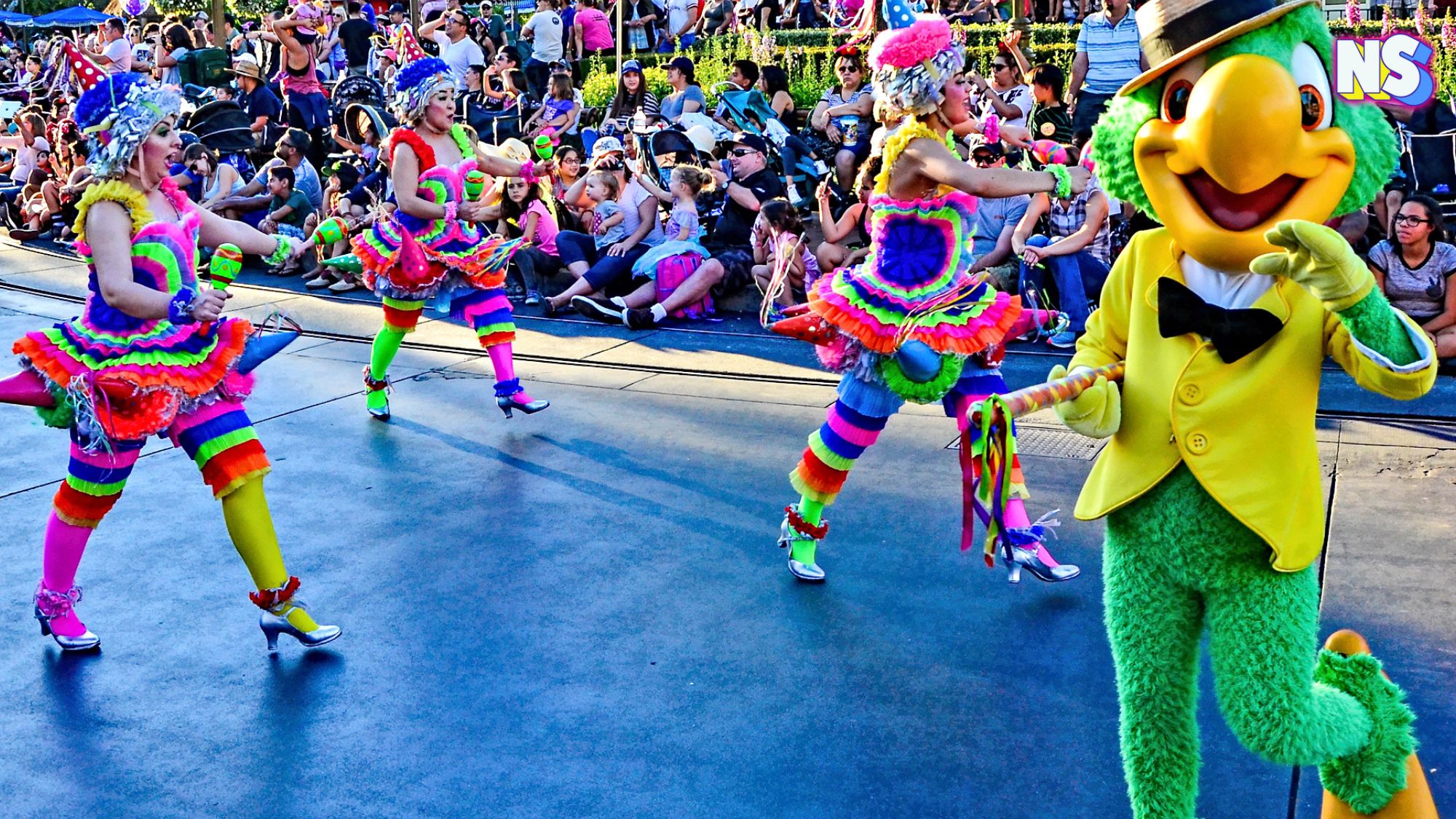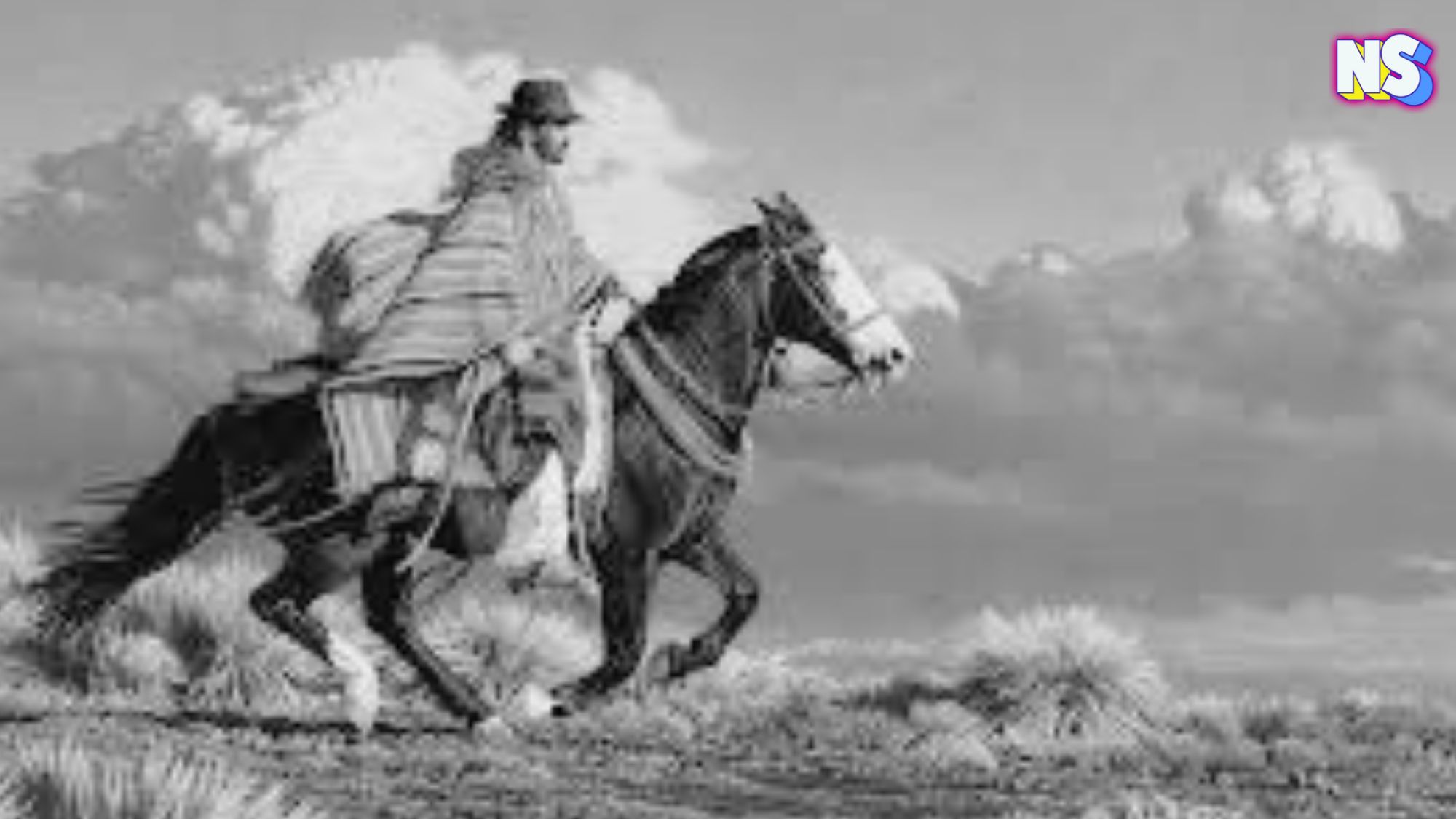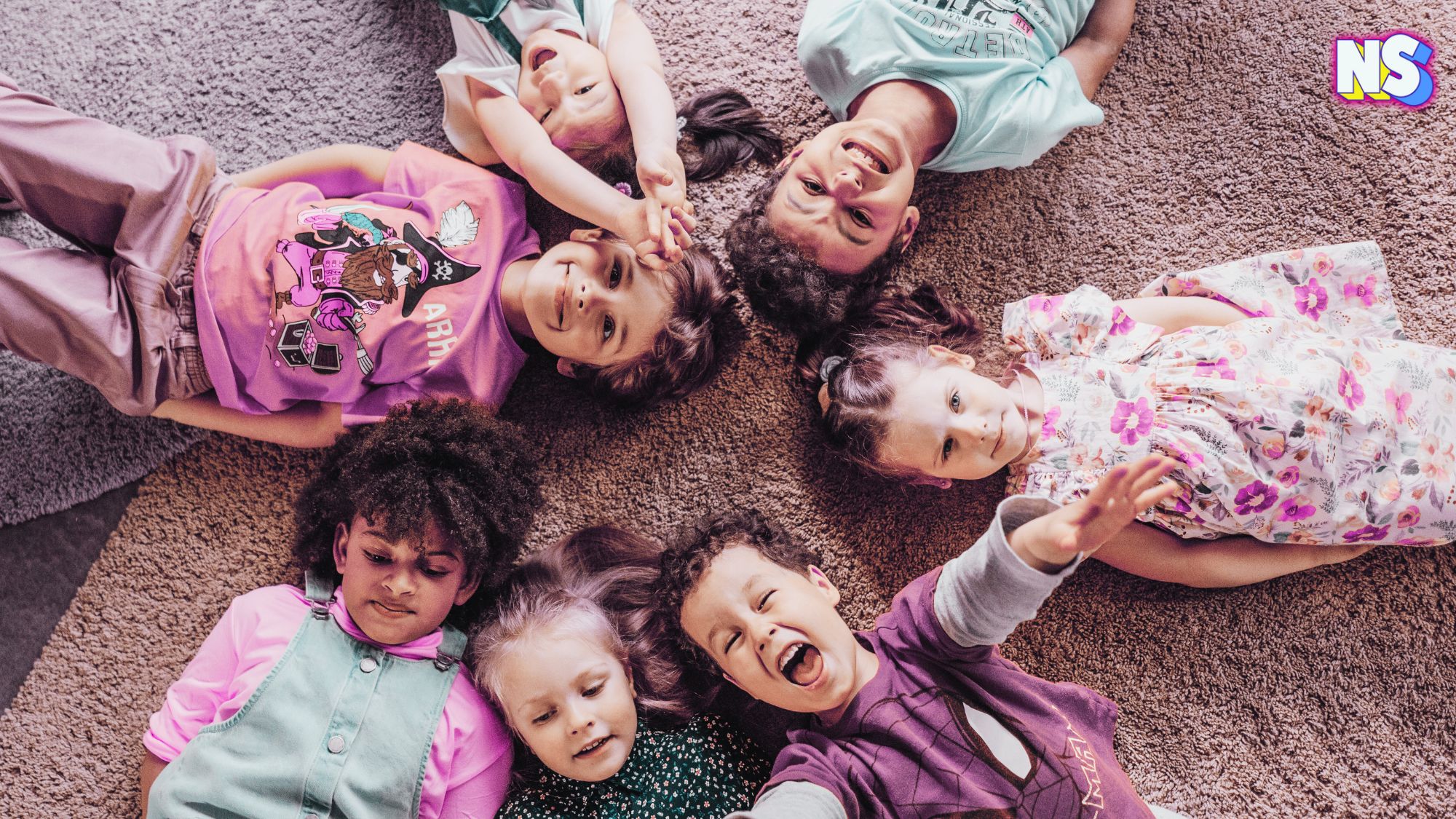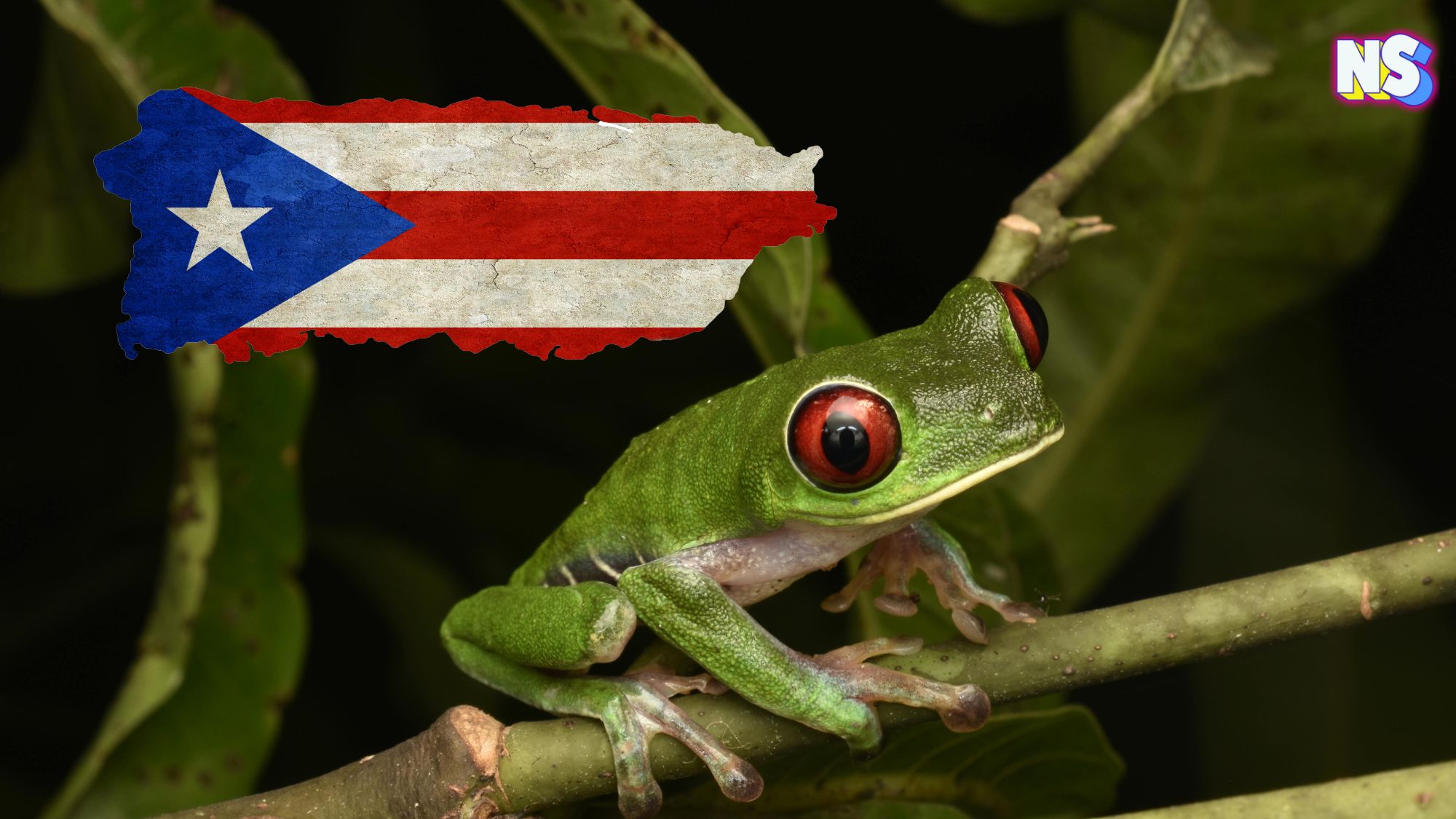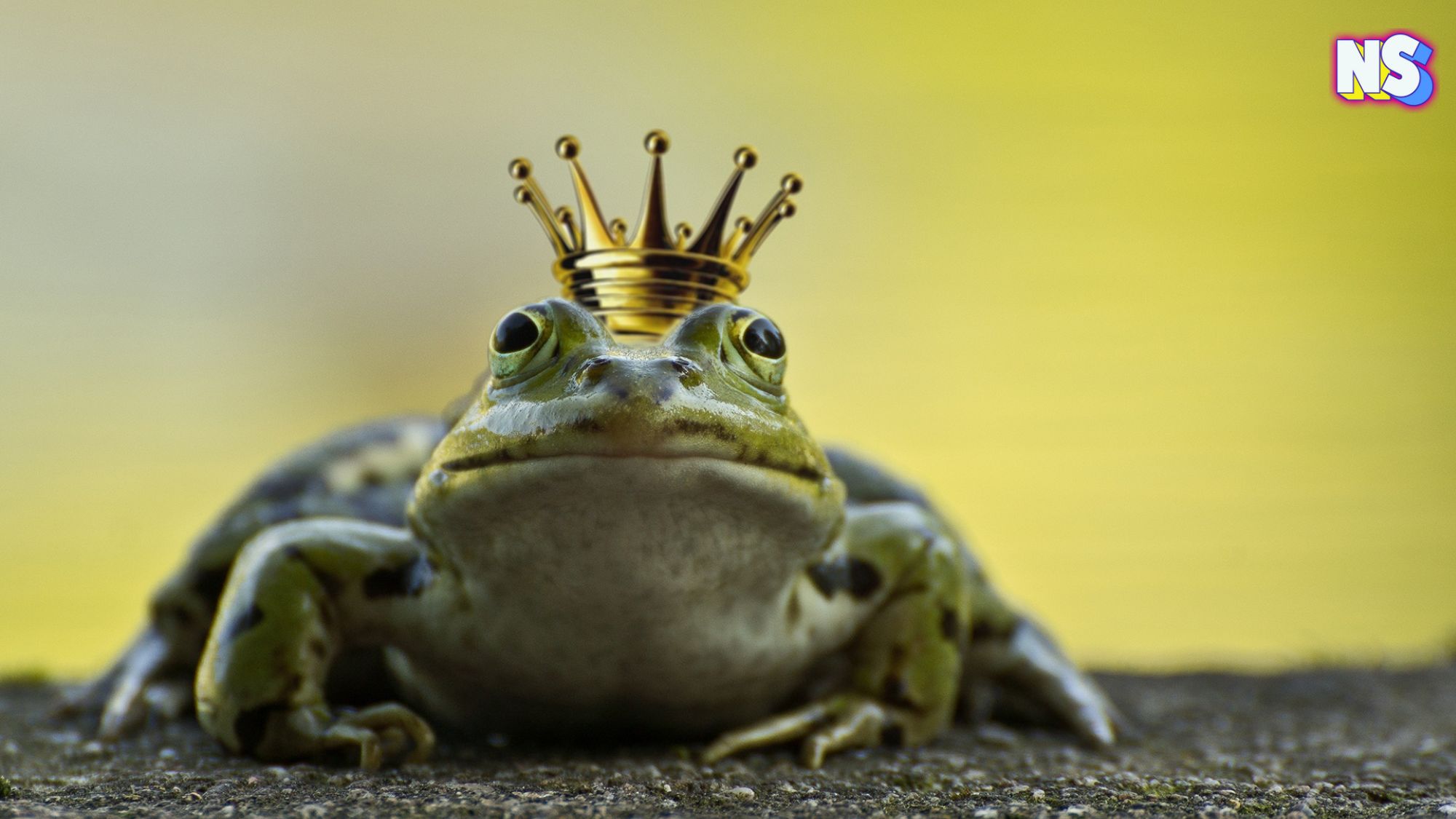José Carioca, the green bilingual cartoon parrot, holds a special place in Disney’s pantheon of animated characters. Sure he’s suave and sophisticated, but there’s much more to his origin story than a great personality and expert animation. José Carioca is a product of war, created to unite the United States and Latin America during World War II. And he did.
The Feathered Friend from Rio de Janeiro
José Carioca was born from Walt Disney’s encounter with colorful green parrots during his U.S.-sponsored trip to Rio de Janeiro in 1941.
José Carioca’s creation was part of the “Good Neighbor Policy,” a US government initiative to strengthen relations with Latin American countries during World War II. By introducing a Brazilian character, Disney aimed to foster cooperation and goodwill.
“Walt, along with some of his staff nicknamed ‘el grupo,’ would visit Colombia, Argentina and Brazil as a deal with the U.S. government,” YouTube channel Modern Mouse explains. “Disney would visit these countries to keep them from siding with the Axis powers during World War II, and Walt Disney would get the chance to make new films about South America.”
José Carioca embodied a typical Brazilian stereotype — smart, friendly, and always in a good mood. His inclusion in Disney’s films served as a bridge between cultures, celebrating Brazilian music, dance, and camaraderie. José Carioca converses in Portuguese with a delightful Brazilian accent, originally voiced by Jose Oliveira, a Brazilian musician and vaudeville-style performer.
Film Appearances
José Carioca made his debut in the animated feature “Saludos Amigos” (1942) as part of the “Good Neighbor” series. He became friends with a North American counterpart, Donald Duck, and formed an iconic duo.
José Carioca returned alongside Donald and the Mexican rooster Panchito Pistoles, in “The Three Caballeros” (1944). Panchito Pistoles was introduced to symbolize the lively spirit of Mexican culture, music, and camaraderie. And his bombastic persona resonated with audiences, and the Aztec Eagles, Mexican airmen who fought along the U.S. forces during World War II.
“Walt Disney’s cartoon character Panchito Pistoles, an anthropomorphic chicken described as a ‘bombastic trigger-happy caballero, first appeared as the aviators were wrapping up their training,” The National WWII Museum writes. “The star of Disney’s musical feature, The Three Caballeros, became the squadron’s unofficial symbol as it shipped off to combat.”
José Carioca’s Legacy
José Carioca went on to appear in various Disney shows and movies including “House of Mouse,” “Mickey Mouse Mixed-Up Adventures,” and “Legend of the Three Caballeros.” In “DuckTales” (2017), he and Panchito were Donald’s old college bandmates. And he remained a popular comic strip cartoon in Brazil until recently.
“With a longtime publisher a Brill losing the rise to Disney comics in Brazil publication on Jose Carioca sadly ceased with issue 2446,” the short YouTube documentary “Evolution of Jose Carioca” explains. “In June of 2018 Carioca appeared in comics practically uninterrupted for just shy of 70 years despite the cancellation of his comic series Carioca remains widely popular in Brazil.”
A Gran Fiesta at Epcot
Over 70 years, José Carioca and Panchito Pistoles’ camaraderie symbolize unity across borders, emphasizing friendship and cultural exchange.
Today, many Disney fans know José Carioca and Panchito Pistoles from Epcot’s “Gran Fiesta Tour” ride. It stars “The Three Caballeros,” from a bygone era, in the park’s Mexican pavilion. There, the feathered friends, born out of necessity and creativity during World War II, still play goodwill ambassadors and good neighbors to kids of all ages.

